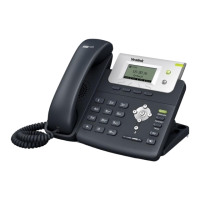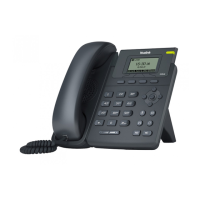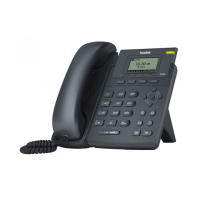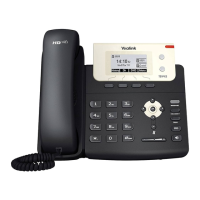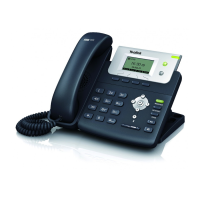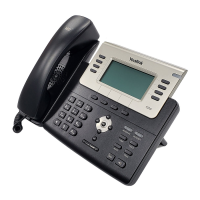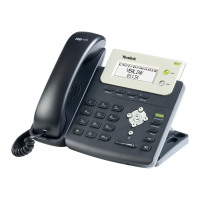Configuring Basic Features
325
The IP Phones support Link Layer Discovery Protocol for Media Endpoint Devices (LLDP-MED).
LLDP-MED allows the phone to use the location information, Emergency Location Identification
Number (ELIN), sent by the switch, as a caller ID for making emergency calls. The outbound
identity used in the P-Asserted-Identity (PAI) header of the SIP INVITE request is taken from the
network using an LLDP-MED Emergency Location Identifier Number (ELIN). The administrator
can customize the outbound identity. The custom outbound identity will be used if the phone
fails to get the LLDP-MED ELIN value.
The following is an example of the PAI header:
P-asserted-identity: <sip: 1234567890@abc.com > (where 1234567890 is the custom
outbound identity.)
P-Access-Network-Info (PANI)
When placing an emergency call, the MAC address of the phone/connected switch should be
added in the P-Access-Network-Info (PANI) header of the INVITE message. It helps the aid
agency to immediately identify the caller’s location, improving rescue efficiency.
The following is an example of the PANI header:
P-Access-Network-Info: IEEE-802.3; eth-location=”00:15:65:74:b1:6e” (where 00156574B16E is
the phone’s MAC address.)
Procedure
Emergency dialplan can be configured using the configuration files.
Configure the emergency dialplan.
Parameters:
dialplan.emergency.asserted_id_source
dialplan.emergency.custom_asserted_id
dialplan.emergency.server.X.address
dialplan.emergency.server.X.port
dialplan.emergency.server.X.transport_type
dialplan.emergency.X.value
dialplan.emergency.X.server_priority
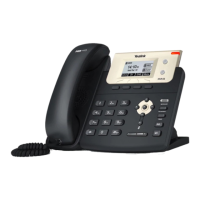
